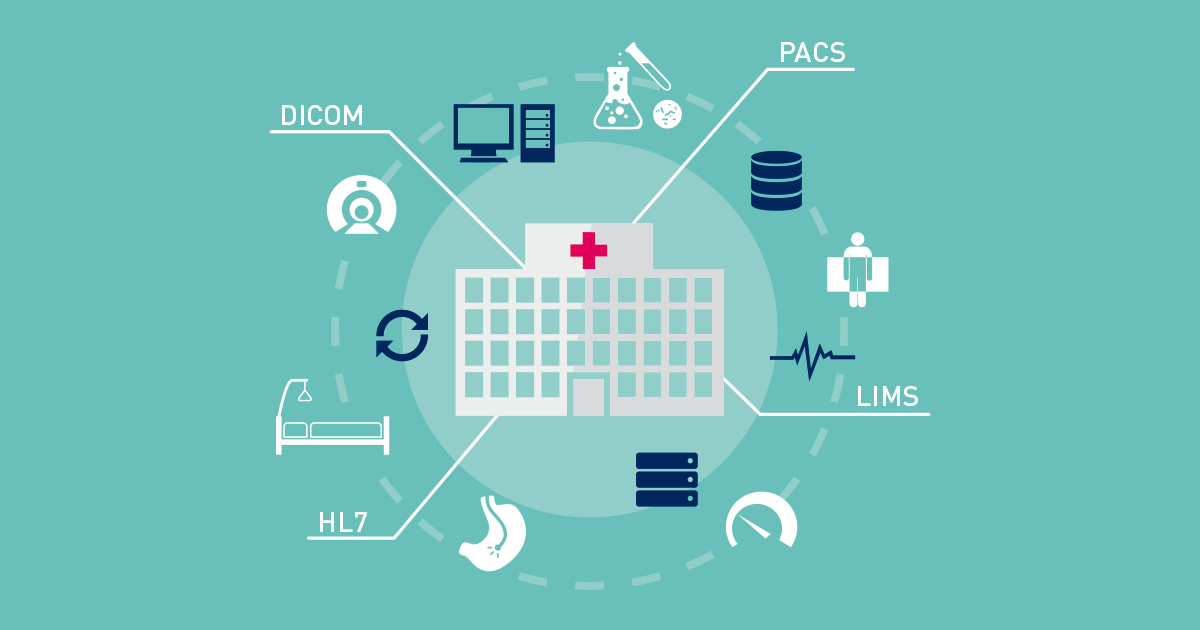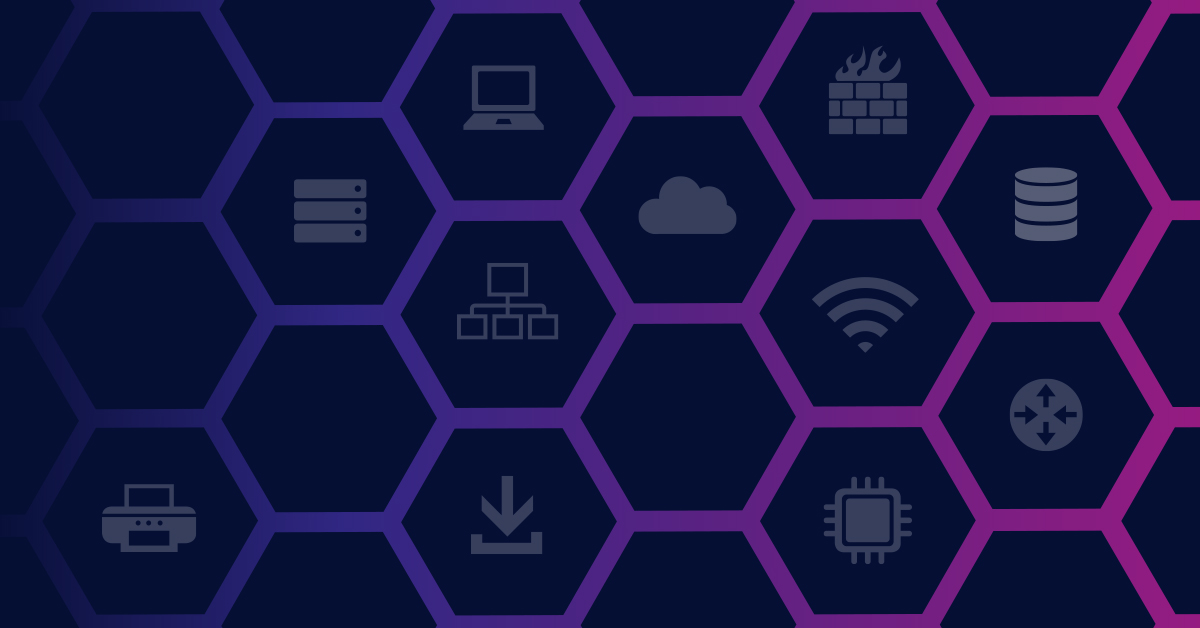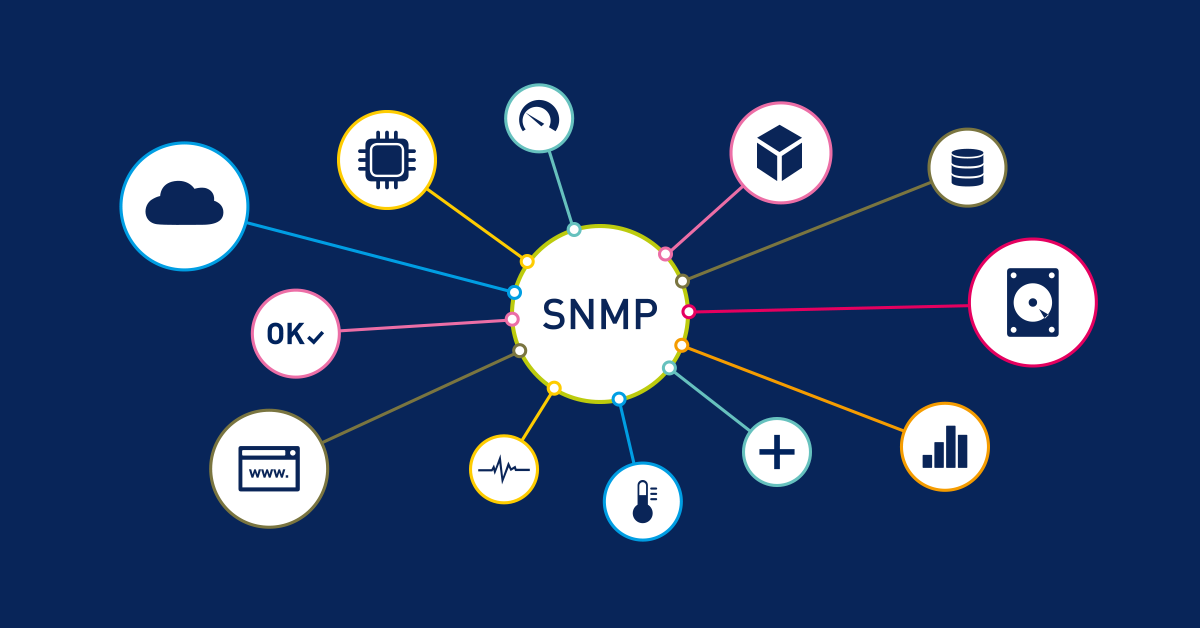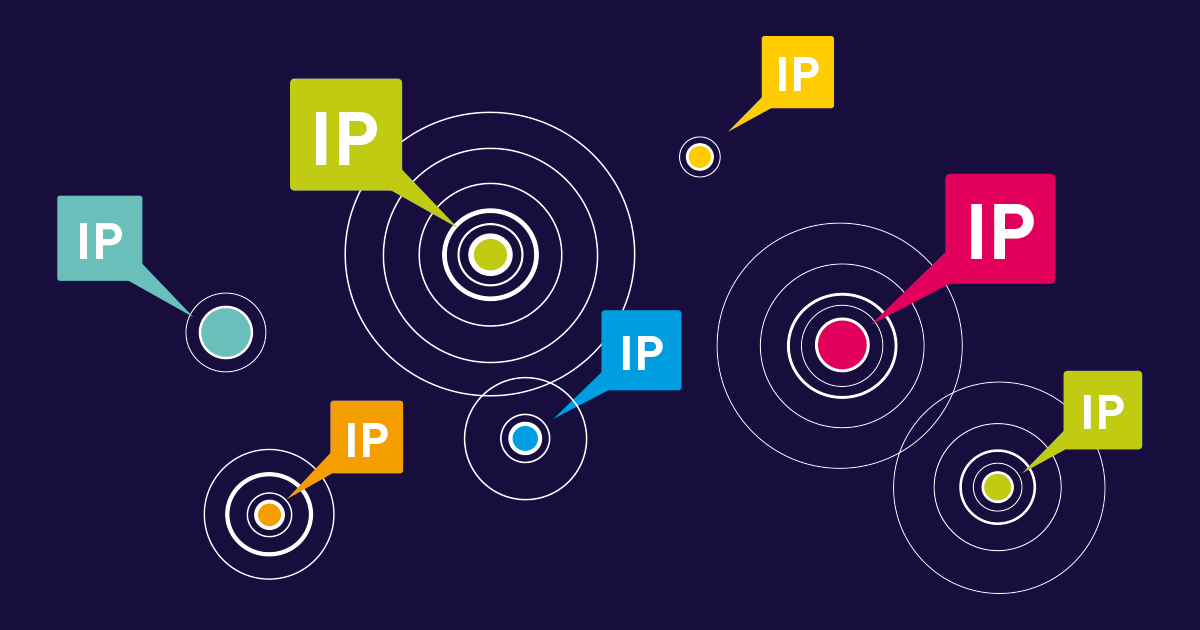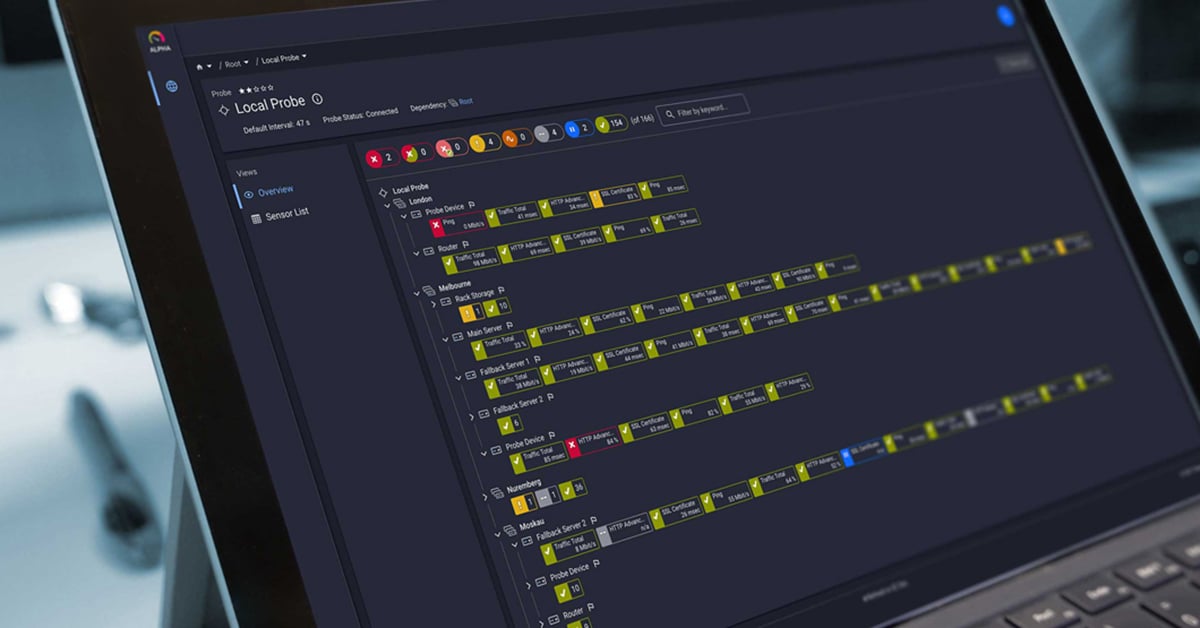In our previous discussions about healthcare IT on this blog, we've covered an overview of typical architecture that is found hospitals or clinics, and how to monitor it. More recently, we started looking at individual components (like the Integration Engine). Now, in this article, we examine another vital element: the Picture Archive and Communication System, or PACS.
A PACS (Picture Archiving and Communication System) is a digital imaging platform for medical imaging. Modalities (healthcare IT jargon for "imaging devices") capture various patient images: X-rays, ultrasounds, CT scans, MRI, mammography, and computed tomography.
These images are saved to a central repository where radiologists and other clinicians can view images from workstations or other devices. This central repository is the PACS. A PACS also archives older images that need to be kept on record.
Because medical imaging is central to diagnosis and treatment of conditions and injuries, the PACS is critical IT infrastructure. Here's why from our Healthcare IT Monitoring Primer:
In a typical hospital setup, the PACS connects to the modalities, the Radiology Information System, and the integration engine. It forms a central part of many radiology workflows, which subsequently means that problems with the PACS can have a big impact on the general functioning of the hospital.
In a typical hospital setup, the PACS connects to the modalities, the Radiology Information System (RIS), and the integration engine. It forms a central part of radiology workflows, which means PACS environment problems significantly impact hospital operations.
Without reliable image storage and access, hospital workflows stop. The PACS requires constant monitoring for potential problems and alerts when something fails. Here are four aspects that should be monitored using network monitoring software like Paessler PRTG Network Monitor.
1. Monitor PACS hardware: Storage, CPU, and memory
Because it is primarily a storage system, it requires disk space. This should be monitored and thresholds set to alert IT professionals when storage space is getting low. Typically, alerts should trigger when storage reaches 80-85% capacity to allow time for expansion.
Also, the hardware that the PACS runs on must be monitored for signs of hardware failure (like overheating, no more available RAM, and so on), as well as to check that they are up.
2. Track storage latency and I/O performance
The PACS is constantly storing and retrieving images to and from the storage system. This includes tasks like pre-fetch, short-term transfer, long-term transfer, and more. Low latency is required for any action between the PACS and the storage system, because higher latency will cause the entire system to become sluggish. It's recommended to monitor this latency and set thresholds for when any of the PACS tasks take too long.
How you get optimal performance? PACS query responses should complete within 2-3 seconds, while image retrievals should not exceed 10-15 seconds depending on image size. Monitor your bandwidth to ensure sufficient network capacity for large medical imaging files like digital radiography and digital mammography studies.
3. Monitor PACS APIs and system logs
Many PACS provide some kind of API for accessing information about the health and status of the components, and almost all of them create log files. A typical PACS API will give you statistics about the current application performance and metrics like number of DICOM requests received, number of errors, and the status of internal processing queries. Depending on the API in question, you can use a network monitoring system to retrieve these metrics (for example, using REST queries if the API provides a RESTful Interface) and create alerts when values move out of the expected ranges.
Meanwhile, log files provide indications of problems like failed authentication attempts or internal PACS failures. It is highly recommendable to ensure that a monitoring system is regularly checking the log files for specific events that might indicate problems.
4. Test DICOM and HL7 protocol interfaces
Because the PACS is so central to the architecture of a typical hospital's IT infrastructure, it has interfaces to multiple systems and devices, like the Radiology Information System, imaging devices, and more. So it makes sense that these interfaces should be closely monitored.
Monitor these interfaces to ensure proper PACS connectivity:
DICOM (Digital Imaging and Communications in Medicine)
- Used to store, retrieve, and transfer digital medical images between PACS and modalities, workstations, and other systems
- Test DICOM interfaces:
- C-STORE: Verify images store successfully
- C-MOVE and C-FIND: Test image transfers
- Monitor worklists for proper image routing
HL7 (Health Level 7)
- Handles communication of patient data, test results, and other non-image data
- Incorrect or incomplete HL7 messages cause delays in other IT systems
- Testing approach:
- Send dummy HL7 messages
- Verify successful arrival with complete information
- Use monitoring software that supports HL7
User Interface
- Web interfaces query PACS data from workstations
- Monitor responsiveness and availability
- Ensures good end-user experience
Next steps for a successful PACS monitoring implementation
Once you understand what to monitor, here's how to actually implement comprehensive PACS monitoring:
- Evaluate your current monitoring gaps - Audit which of these four areas you're already covering vs. what's missing
- Choose monitoring tools and platforms - Select solutions that can handle healthcare protocols like DICOM and HL7
- Define alert thresholds and escalation procedures - Determine who gets notified when and establish response protocols
- Create monitoring documentation - Document your monitoring setup for compliance audits and staff training
- Test your monitoring setup - Simulate failures to ensure alerts trigger correctly and reach the right people
Beyond PACS: complete healthcare monitoring
Of course, there is much more to a healthcare system than just the PACS. To learn more about the other elements, and also how they should be monitored to ensure that your healthcare IT systems remain...erm, healthy...
Download our complete healthcare IT monitoring guide for comprehensive guidance on monitoring all healthcare IT components beyond PACS.
For organizations ready to implement these monitoring strategies, solutions like PRTG offer healthcare-specific sensors designed to handle DICOM, HL7, and other medical protocols. Start with a free 30-day trial to explore how network monitoring can protect your healthcare IT infrastructure.
And if you have any questions or thoughts, let us know with a comment below.
 Published by
Published by 